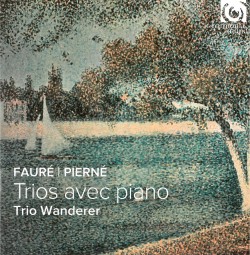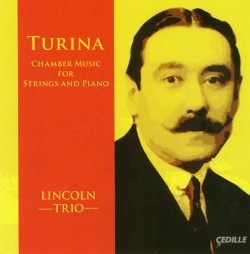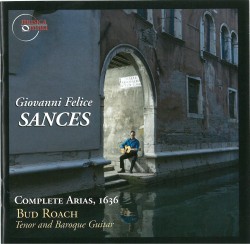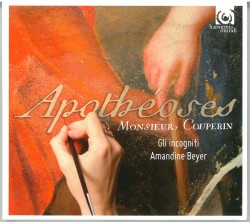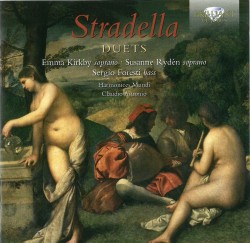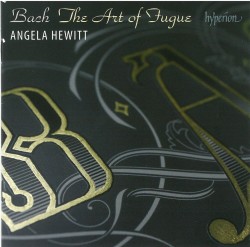Mussorgsky – Pictures at an Exhibition; Schumann – Fantasie Paul Lewis
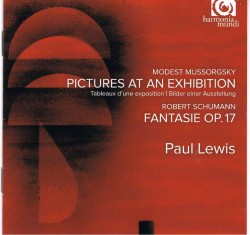 Mussorgsky – Pictures at an Exhibition; Schumann – Fantasie
Mussorgsky – Pictures at an Exhibition; Schumann – Fantasie
Paul Lewis
Harmonia Mundi HMC902096
For the first time in memory I found myself truly listening to Mussorgsky’s music. The score itself is not unfamiliar to most music lovers and collectors for whom the only reason for hearing a new performance is surely to assess the pianistic and athletic prowess of the performer. Not so here… not at all. From the opening Promenade there is a real sense of discovery that is unlike any other version, recorded or live, that I have ever heard. This is patrician playing in the very best sense of the word.
There is more than a sense of musical narrative here. His art makes maximum use of the ups and downs of the journey that arcs the music through its climactic episodes with patrician ease. He is always the empathetic observer. This may seem obvious but Lewis is the only performer of whom I am aware, who, instead of imposing his pianistic stamina on the score, successfully plays the music from within, thereby revealing the unsuspected, hidden beauties, the ebb and flow, tension and release as carefully written by the composer.
The listener to this unique performance may well conclude that any orchestration of it is superfluous, losing many of Mussorgsky’s subtlest nuances. Most pianists end up with a demonstration of how loudly they can erect the Great Gate of Kiev, now judged to be a measure of a great performance. Lewis employs extraordinary control in restraining his performance to achieve maximum effect without limiting its power, thereby rather strengthening it.
A stroke of genius on someone’s part was to follow the extroverted Mussorgsky with the substantial, inward-looking Schumann Fantasie. Many of the greats have recorded this work but Lewis stands behind none of them.
The sound is exemplary.


